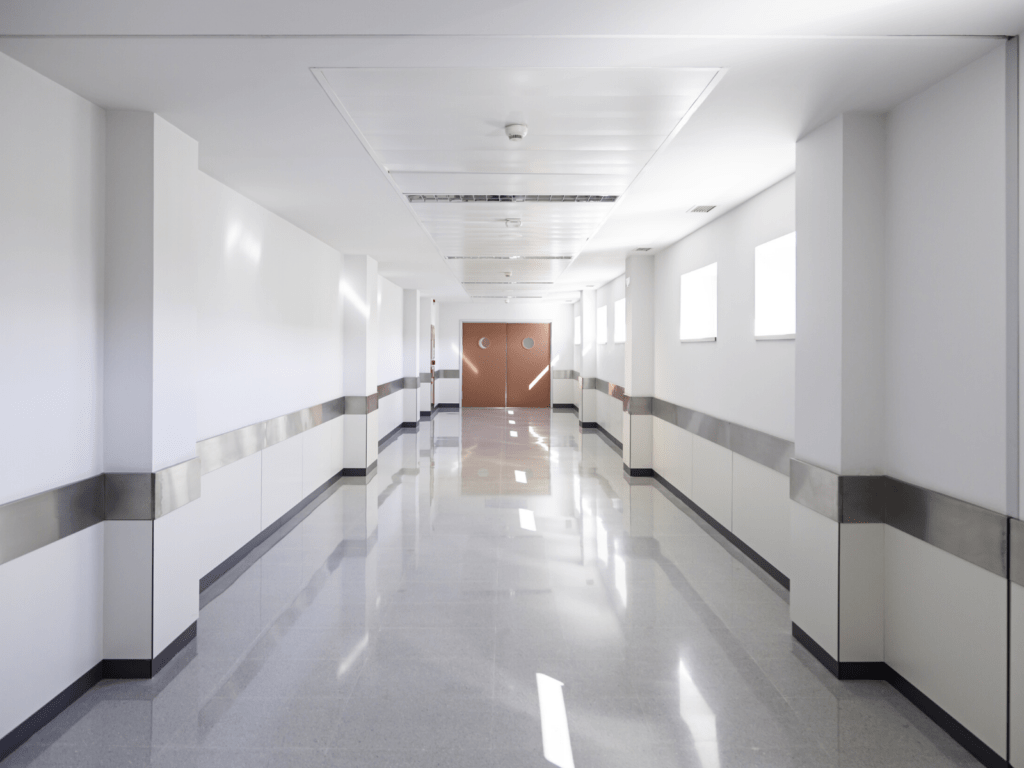
Rural areas face numerous challenges that are being amplified by the COVID-19 pandemic. In rural America, we have older populations, a larger percentage of minorities, higher rates of comorbidities, more economic disadvantages, and fewer and less sophisticated medical facilities. West Alabama, where I practice, and East Mississippi are at the center of the stroke belt and exemplify these characteristics. This area was already underserved before the pandemic. These communities and the people within them will feel the pressures in a disproportionate way.
Solving the problems in these rural areas is critical. And, there may be a silver lining. Solving the problems of medical care in these areas would create the model for addressing them in other areas, including those that are less disadvantaged. Rural medical solutions can be transferred up to urban and tertiary care centers. Solutions developed in cities and tertiary care centers, unfortunately, are less like to be applicable in underserved rural communities.
The number of COVID-19 cases is climbing in rural areas. The per capita infection rate and hospitalization rate is rising at an alarming rate in rural areas in comparison to their larger urban counterparts. The number of cases in rural areas may appear less significant but can much more rapidly break an already fragile health care system with limited resources. Patients travel many miles for services. Most of these communities already do not have subspecialty services. As these systems break and resources are exhausted, options for healthcare in these communities dry up.
We must project care into these rural hospitals, clinics, and homes regardless of how remote. This becomes increasingly important considering that many rural hospitals have closed in recent years. Many more are likely to fail in the wake of this pandemic. Approximately 20% of the hospital beds in rural areas disappeared between 2006 and 2017, according to a study from the Economic Innovation Group (EIG). We must not forget the patients living in these regions.
Over 450 rural hospitals are considered vulnerable to closure, according to the Chartis Center for Rural Health. Most of these facilities are essential to the physical, mental and economic health of their communities. We cannot allow the destruction of our healthcare and economic infrastructure
The 15% of people in the United States who live in rural areas are a higher-risk population that is particularly vulnerable to serious outcomes with COVID-19. Smoking rates are typically higher. Obesity is more common. Chronic illnesses are both more frequent and less likely to be managed. Treatment of COVID-19 is vitally important. Treating the disorders that make COVID-19 more dangerous is even more important and addresses multiple concerns simultaneously. This COVID-19 pandemic highlights the healthcare inequalities that have been present for decades.
Present telehealth systems have yet to deliver on their promise. Many factors have contributed to this. A simple issue is that the systems are designed or implemented by the groups that want to deploy them. This inserts a bias toward treating certain conditions. For example, there are 6 new drugs available for migraine in the last 18 months, and in the last 2 weeks 3 announcements that these are available through telemedicine partnerships with companies making those drugs.
We need solutions that work and are flexible, including telemedicine for difficult-to-treat conditions and rural subspecialty care. Managing chronic health problems effectively creates a healthy population and decreases the strain on the system when acute problems arise. Finding ways to provide excellent care for COVID-19 in rural areas may save the entire system. Saving and improving rural medicine will improve the lives of all in those communities and allow us to better weather any future pandemic. We must bridge the gap between medicine and technology in a way that allows physicians to care for patients.
Follow us on Twitter, Facebook, and LinkedIn to join the conversation about growing your practice.



마사지가격
Could Rural Medicine’s Approach To COVID-19 Solve Long-Standing Disparities In American Healthcare? | SBGM